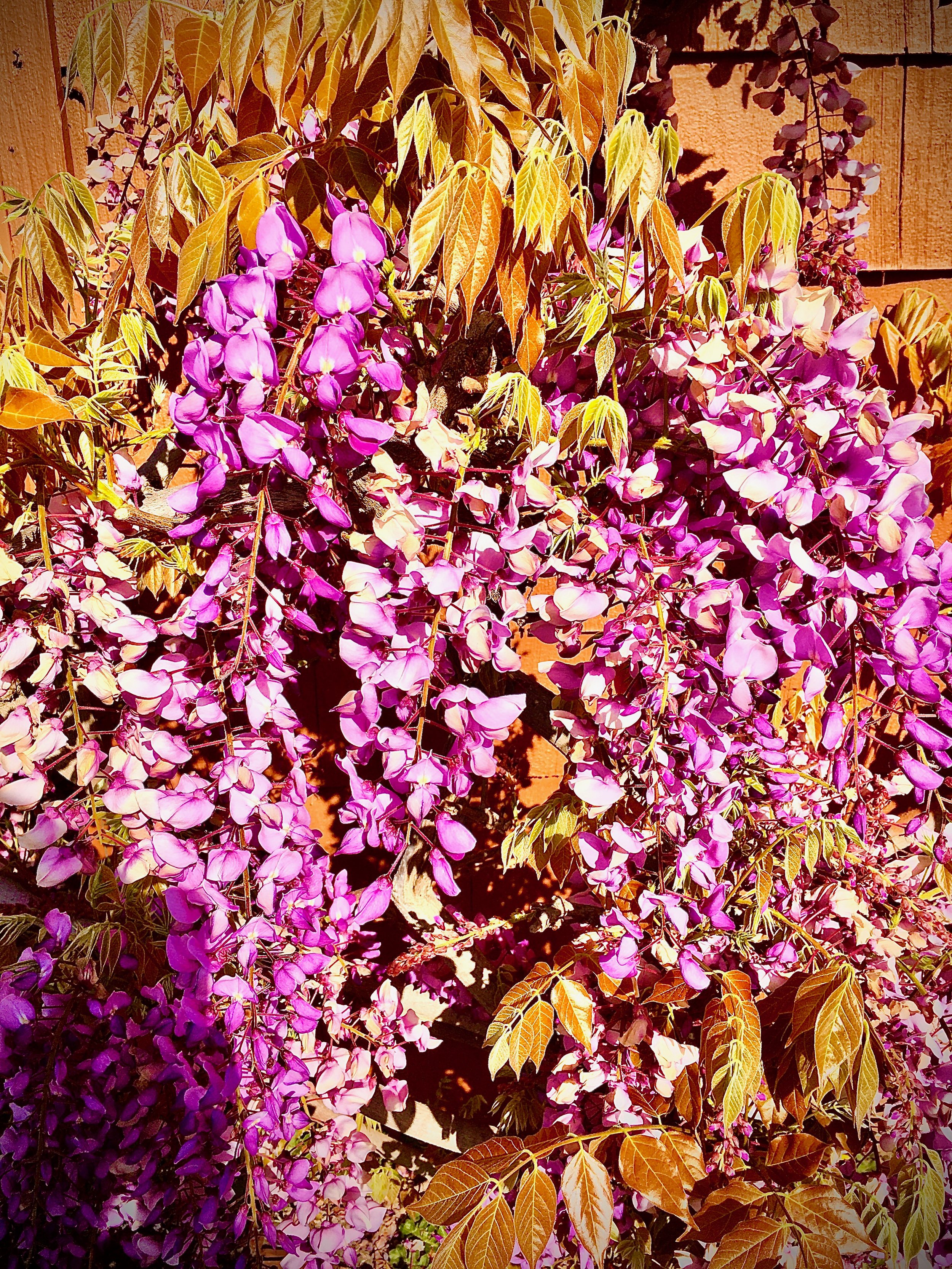
TMAO (Trimethylamine N-oxide) is generally generated from the gut microbiota and from enzyme activity. The Microbiota represents more than a hundred trillion microbes. The diversity of these organisms depends on the food we eat. Elevated levels of TMAO seem to fuel cardiometabolic disease which is the cornerstone for all chronic disease states. In this section we will review the link between diet and the generation of TMAO and we will also discuss strategies to help improve health.
What levels are bad and what does TMAO do?
Science shows that not all TMAO is bad—it is only when the levels are very high that it can affect the health of our bodies in a negative manner. When levels exceed the pathogenic thresholds and are associated with Chronic kidney disease and cardiovascular disease, TMAO can start fueling inflammation in our bodies.
CKD patients have a 40-fold increased levels of TMAO when compared to controls.
We all know by now that inflammation fuels chronic disease states. TMAO may be used as a prognostic biomarker to follow chronic disease progression.
High TMAO levels are also associated with oxidative stress that in turn fuels inflammation and disease states. TMAO levels can be influenced by diet composition and genetic variability.
TMAO seems to have a pro-atherogenic potential that causes atherosclerosis; this is the hallmark for coronary artery disease.
This metabolite may also cause dyslipidemia by causing dysregulation in the expression of certain genes—this impairs several steps in cholesterol homeostasis.
Red meats, eggs (yolk), fish, seafood, and full fat dairy products are rich in TMAO precursors. Therefore, this points to the need to have a diverse diet and one that is predominantly vegetarian.
In the above discussion we have delved into the topic of TMAO and its link to diet and chronic disease. As always, keep your health in center focus, choose your foods wisely and live long and strong!

































